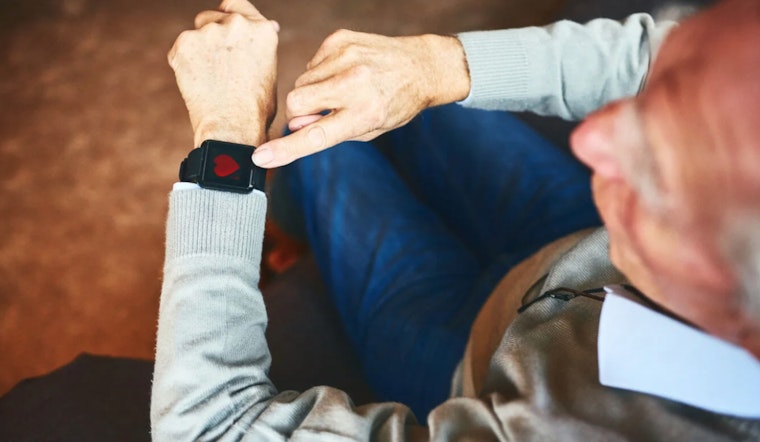
A recent study by the Harvard-affiliated Brigham and Women's Hospital suggests wearable devices can predict frailty-related health risks in older adults up to six years prior to an incidence. The ability to identify health risks in the growing aging population could consequently enhance life quality as reported by the Harvard Gazette.
Rest and activity pattern disturbances have been previously linked to neurodegenerative diseases like Alzheimer's and Parkinson's. "Our study demonstrates that wearable devices could represent an important tool for long-term health monitoring in older adults," said lead author Ruixue Cai. Therefore, early detection and intervention within susceptible groups through smart trackers are increasingly plausible.
The study involved a group of 1,022 adults with an average age of 81, annually monitored for a span of 16 years. Rest and activity data from wearable devices were thoroughly examined, including the amplitude, stability, and rhythm variabilities. Over an average follow-up duration of six and a half years, 357 subjects developed frailty. As the Harvard Gazette reported, "Blunted, less robust, or inconsistent rest-activity patterns were to associate with higher risk of incidence." These circadian disruptions are also linked to worsening frailty-related symptoms such as decreased grip strength, reduced body mass index, and increased fatigue.
To identify and intervene with at-risk populations efficiently, the results encourage the integration of wearable technology and other clinical measures. "Combining circadian rest-activity data with other clinical measures could help with early identification and intervention in susceptible populations," according to corresponding author Peng Li via the Harvarad Gazette. Healthcare professionals and high-risk individuals alike could benefit from this comprehensive approach.
However, some limitations are prevalent in the study. The authors noted that the study was conducted on an older population with a mean age over 80. Further, seasonal variations and environmental conditions can influence rest-activity patterns and can sometimes be misinterpreted by wearable devices. Further research with more precise sleep assessment tools is required to better comprehend the relationship between circadian disturbances and frailty.








